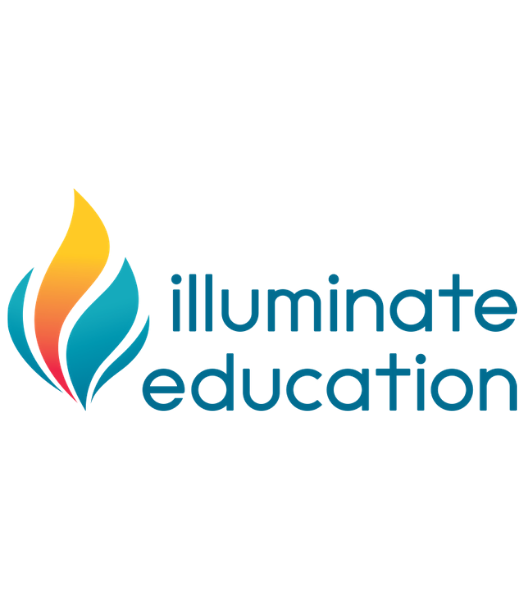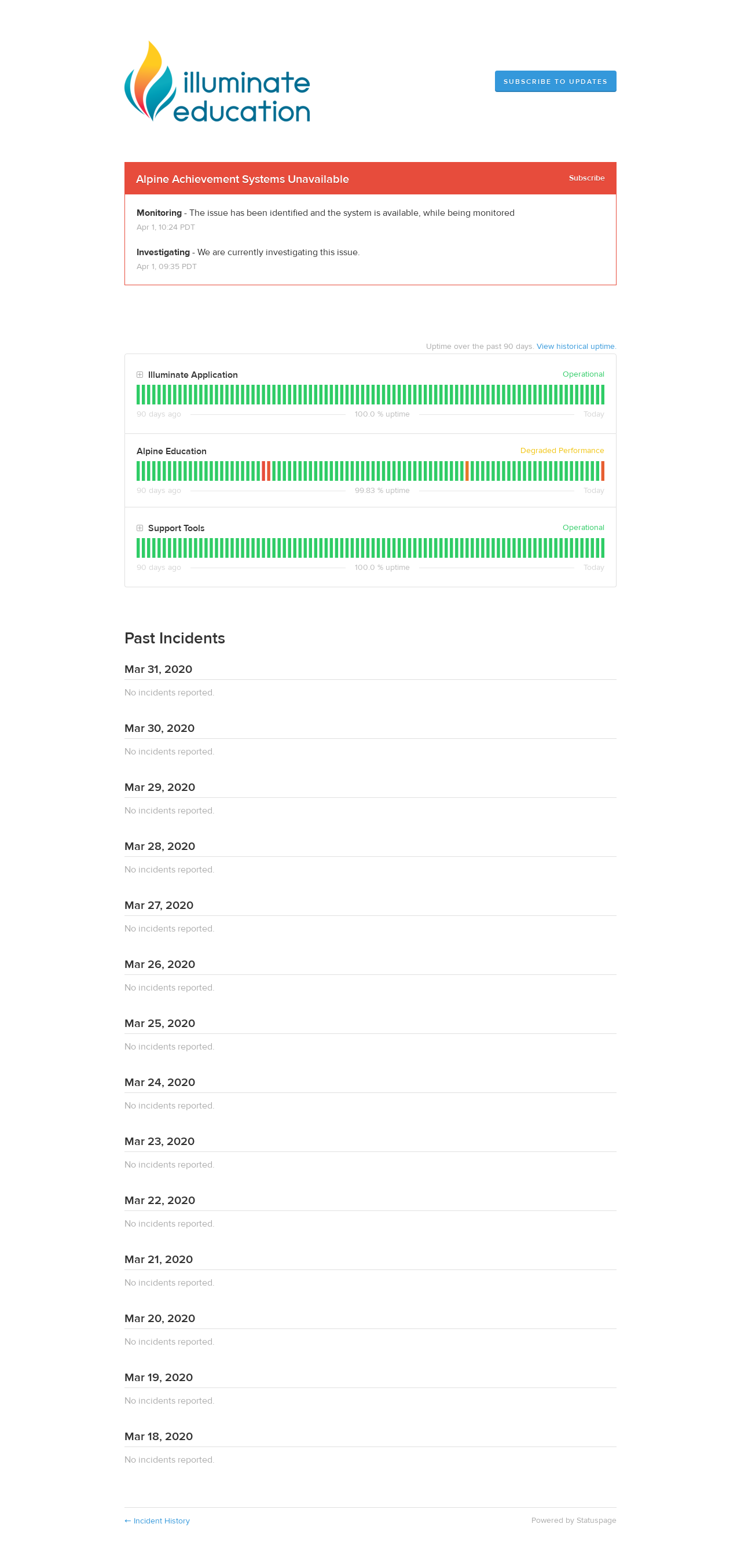
IEP goals are required to indicate present levels of academic and functional performance and how they relate to the child’s performance in the general education curriculum. Quality IEP Goals/Quality Progress Monitoring This article will focus on MTSS assessments that help to demonstrate a case for or against presence of a learning disability, through an instructionally relevant, database decision-making process, including response to tiered supports. It is up to the multidisciplinary team to determine assessments that address diagnostic and programmatic questions during re-evaluation review. Legally, students must undergo a re-evaluation process in order to be declassified from special education services. At the same time, districts have an obligation to provide students with the least restrictive environment. Students who have learning disabilities, but are not provided appropriate supports, may be at risk for disciplinary problems and dropping out of school. Most states have guidelines (with varying degrees of specificity) for how learning disabilities are initially diagnosed, but there are few guidelines to determine when students should be declassified.ĭeclassification of special education services is a high-stakes decision. According to the US Department of Education, from 1999 to 2002, 9% of students ages 6 to 12, designated as having learning disabilities, were declassified. IDEIA requires that students with IEPs be re-evaluated at least every three years to formally review diagnostic questions and efficacy of special education programming. Given the inconsistencies in estimated prevalence rates, inconsistent method of diagnosing, and potential for ‘false positives’, there needs to be a careful process to reconsider and exit students from services who might not exhibit a learning disability when provided with effective instruction within an MTSS. Some districts and practitioners opt for a ‘strengths and weaknesses’ approach to identifying learning disabilities. Best practice for disability identification includes emphasis on using treatment-relevant data from a multi-tiered system of supports (MTSS) process. There is also evidence that unscientific instructional practices lead to student academic deficits that are inaccurately diagnosed as learning disabilities (Reschly, 2014). Methods of identifying learning disabilities have also changed over the past 10 years.Īlthough guidelines vary from state to state, nationwide, use of a severe discrepancy to identify learning disabilities has been deemed invalid and discouraged, if not disallowed. The National Institute of Health (NIH) suggests the prevalence of students with learning disabilities is 7.8%.


Currently in the US, of the 14% of students who receive special education services, 33% are for learning disabilities (i.e., approximately 4-5% of all students) ( National Center for Educational Statistics (NCES)). Accurate identification of learning disabilities is a challenge at best.


 0 kommentar(er)
0 kommentar(er)
